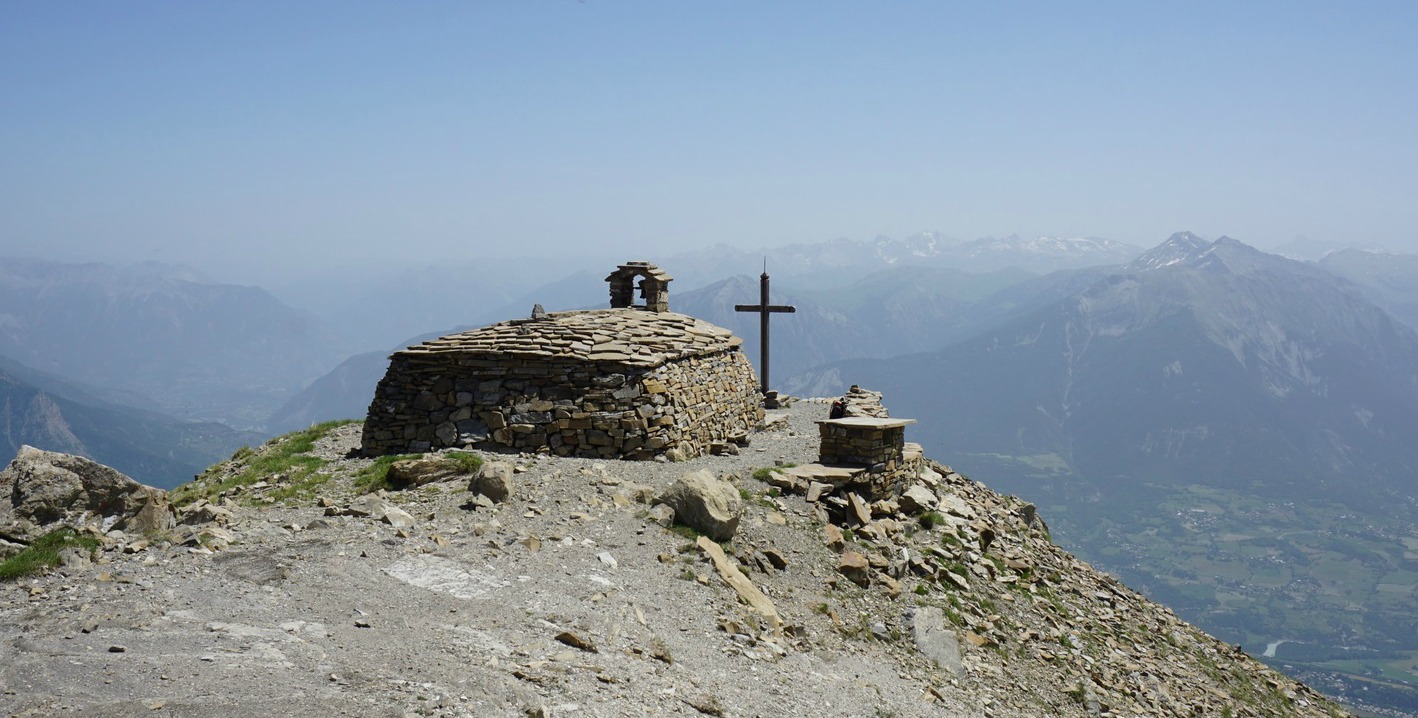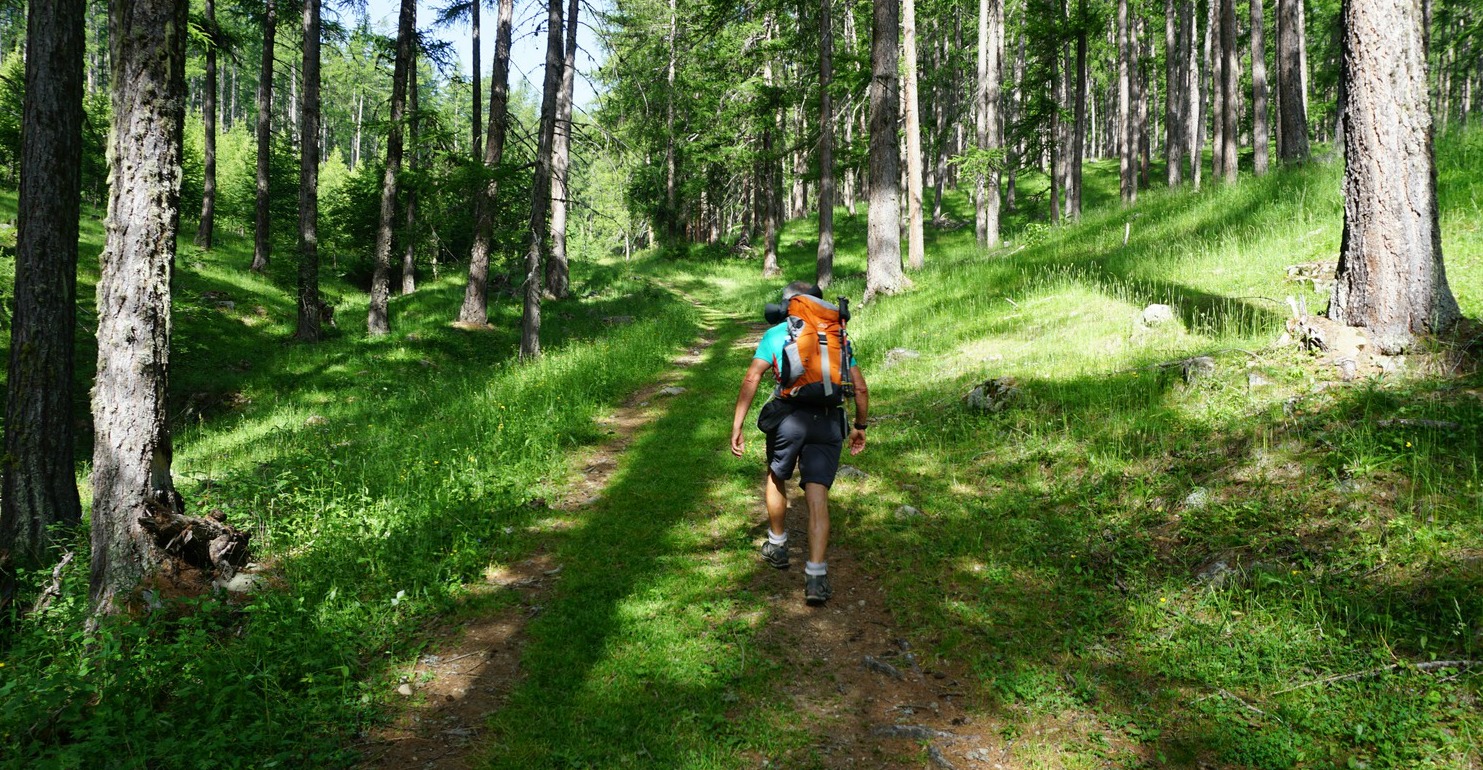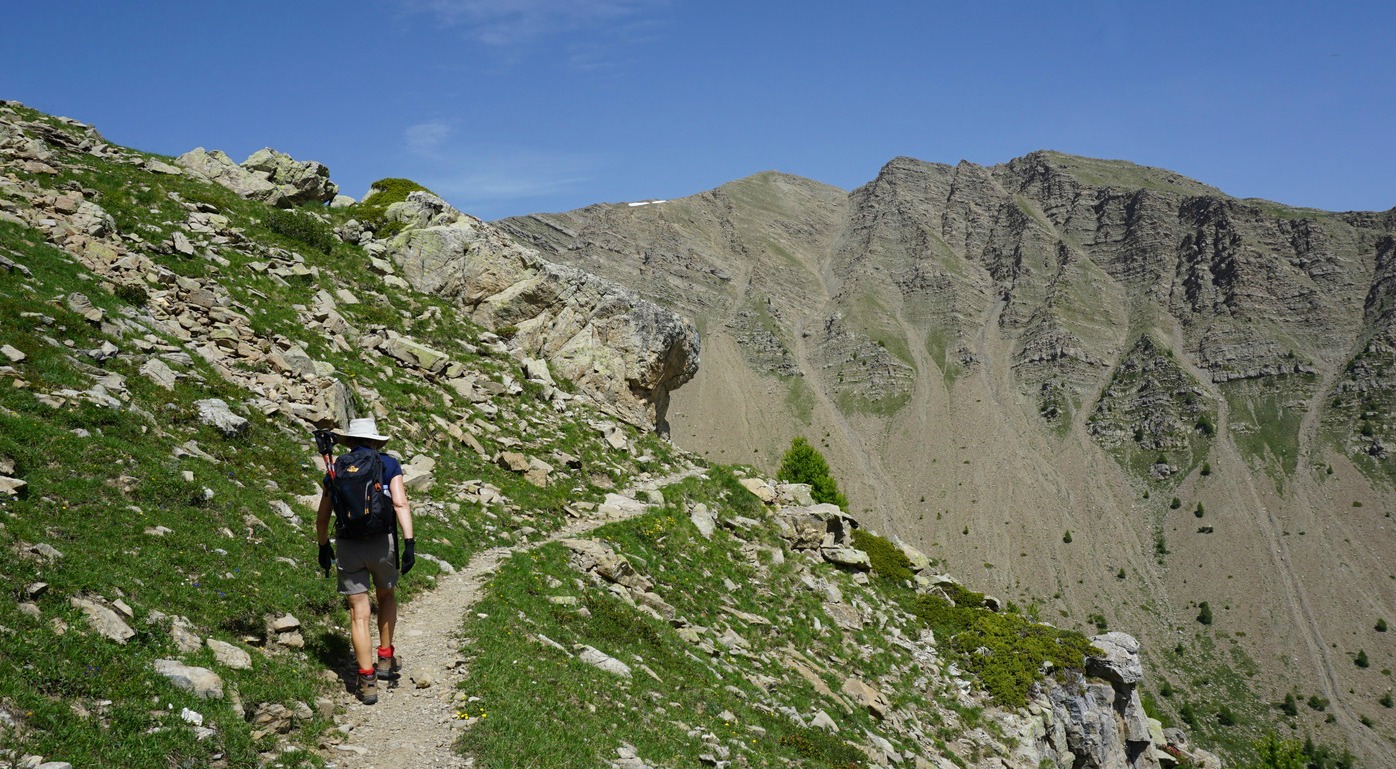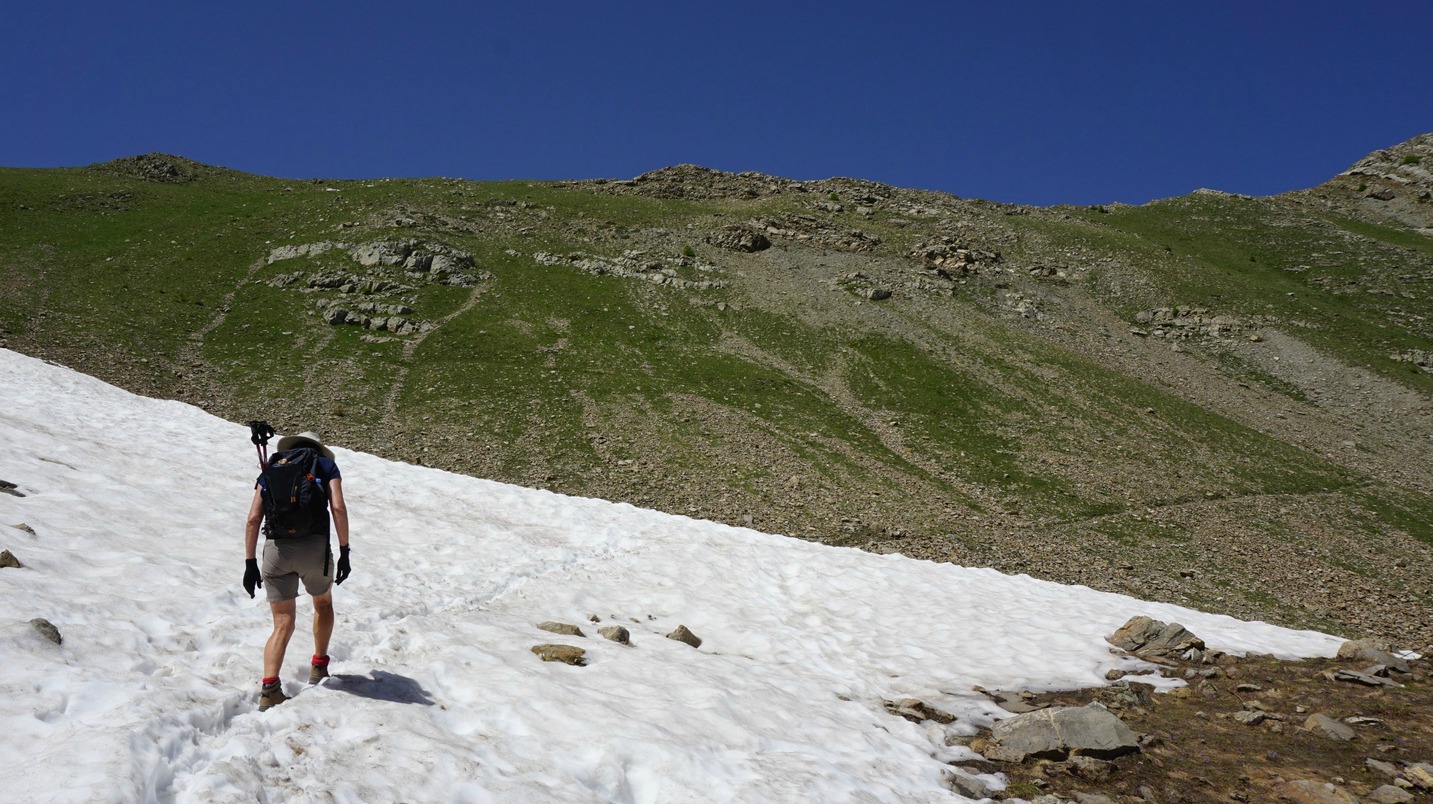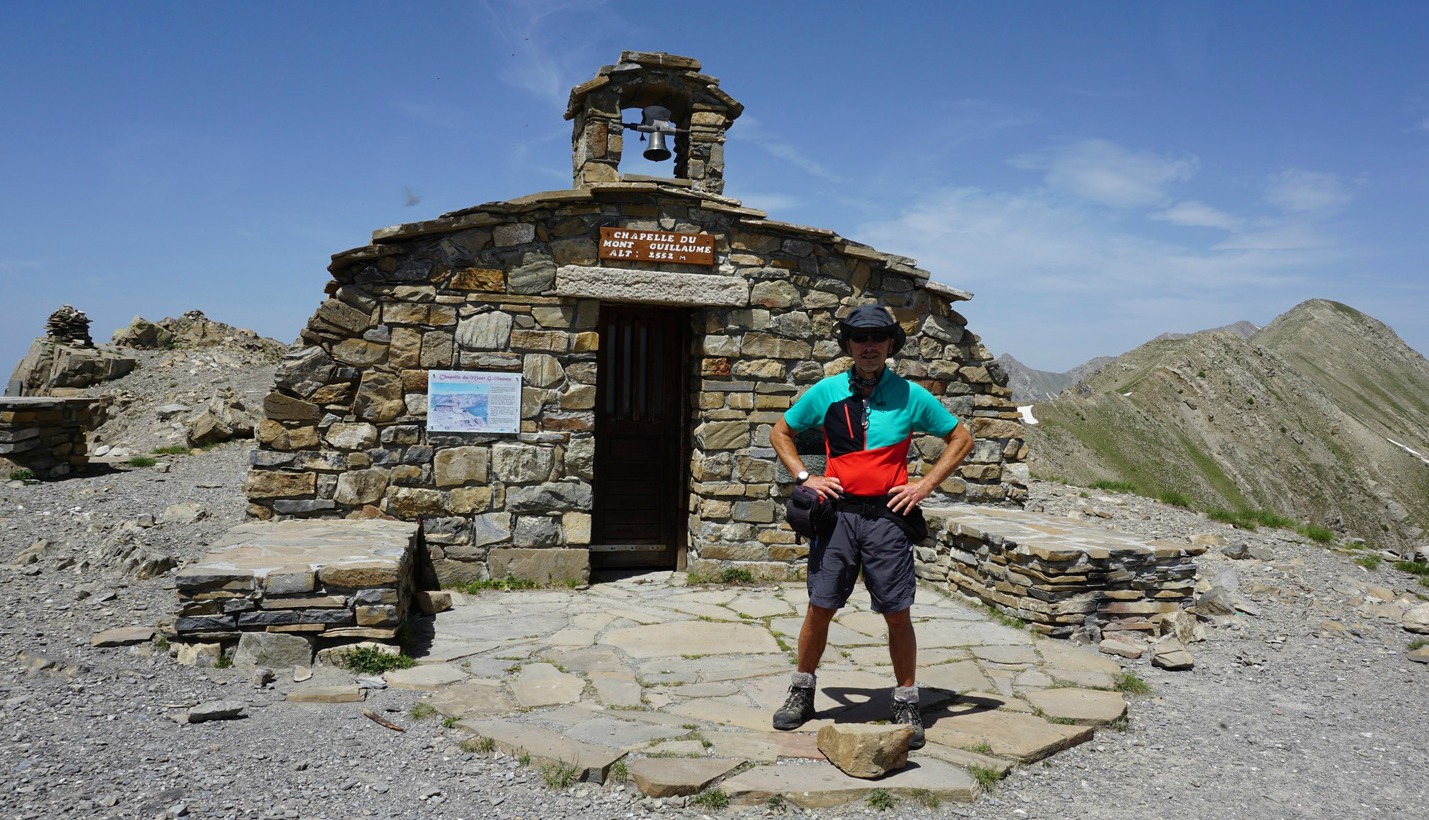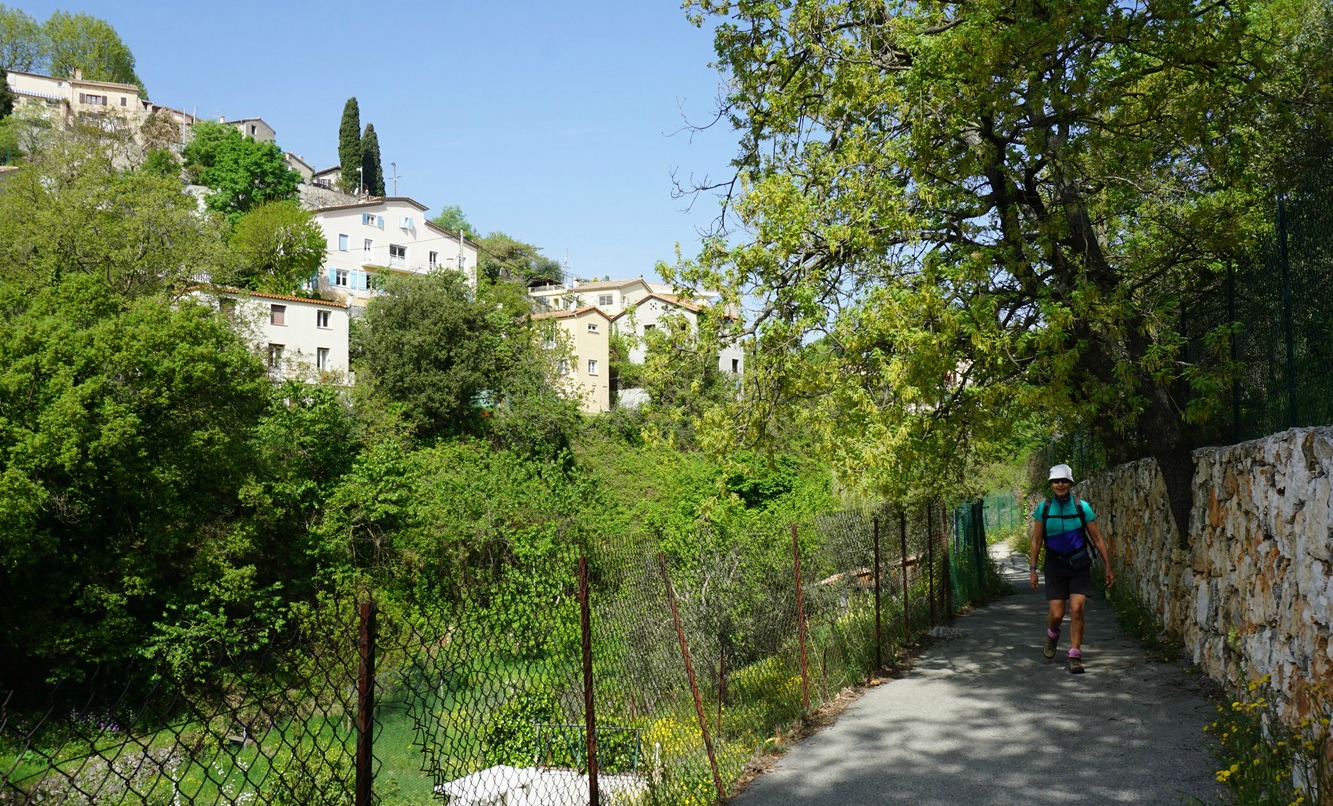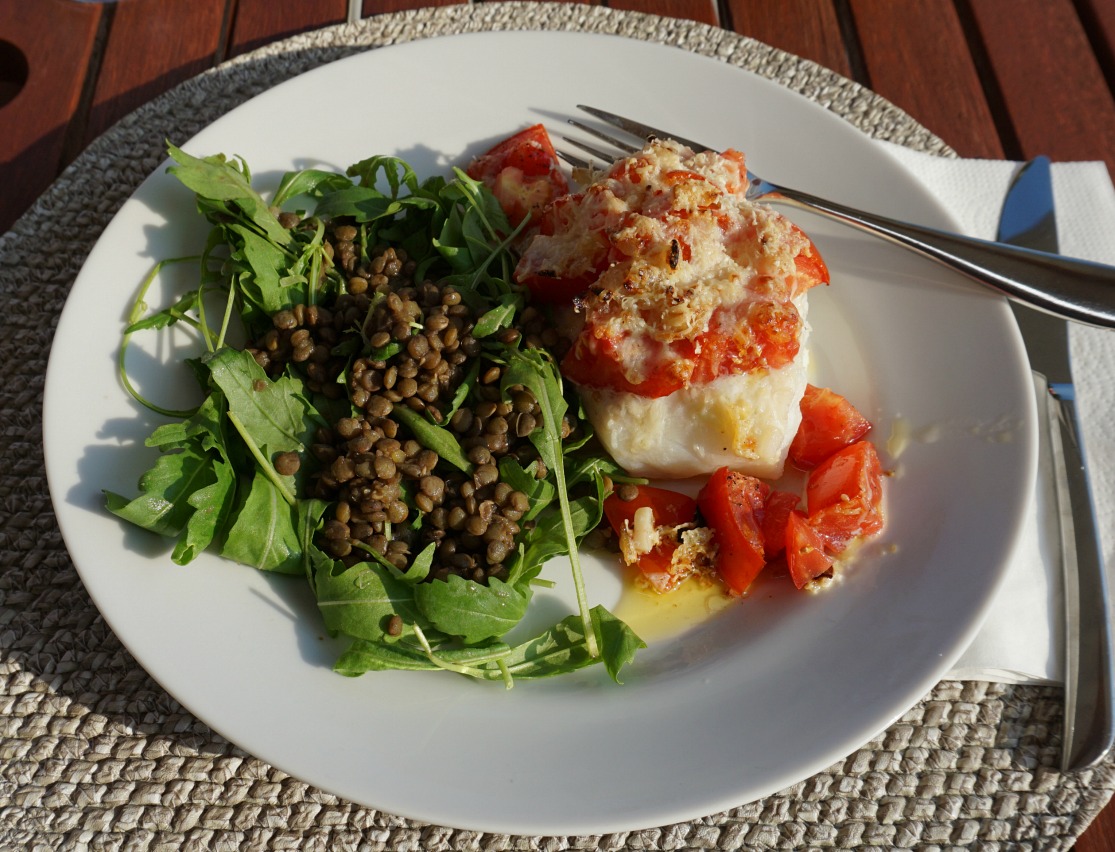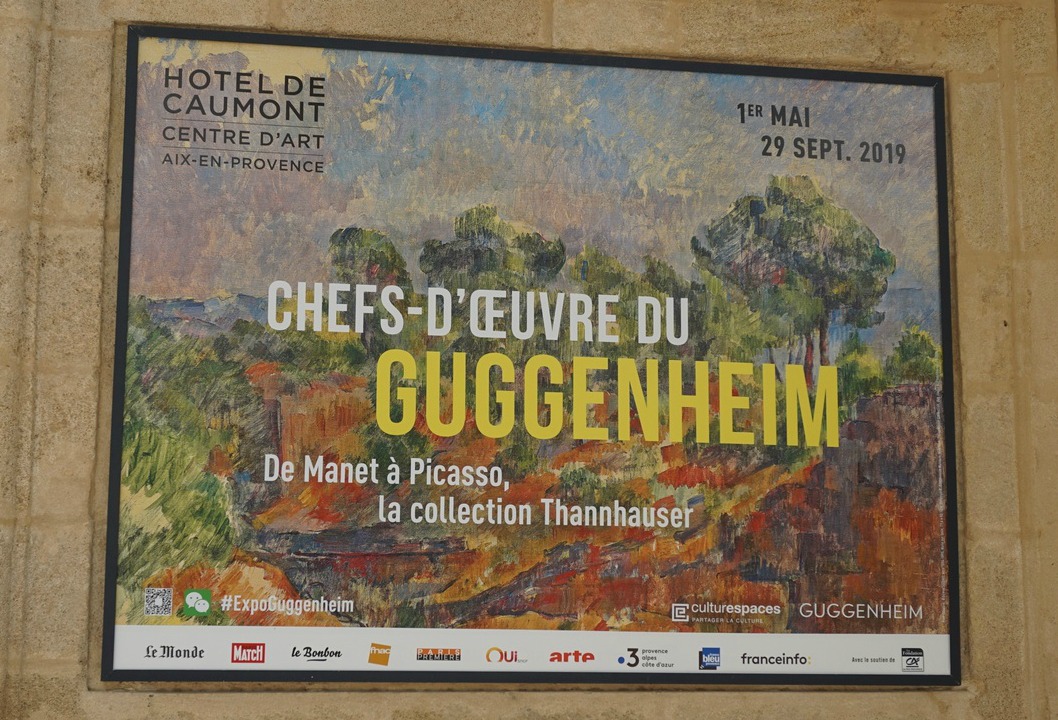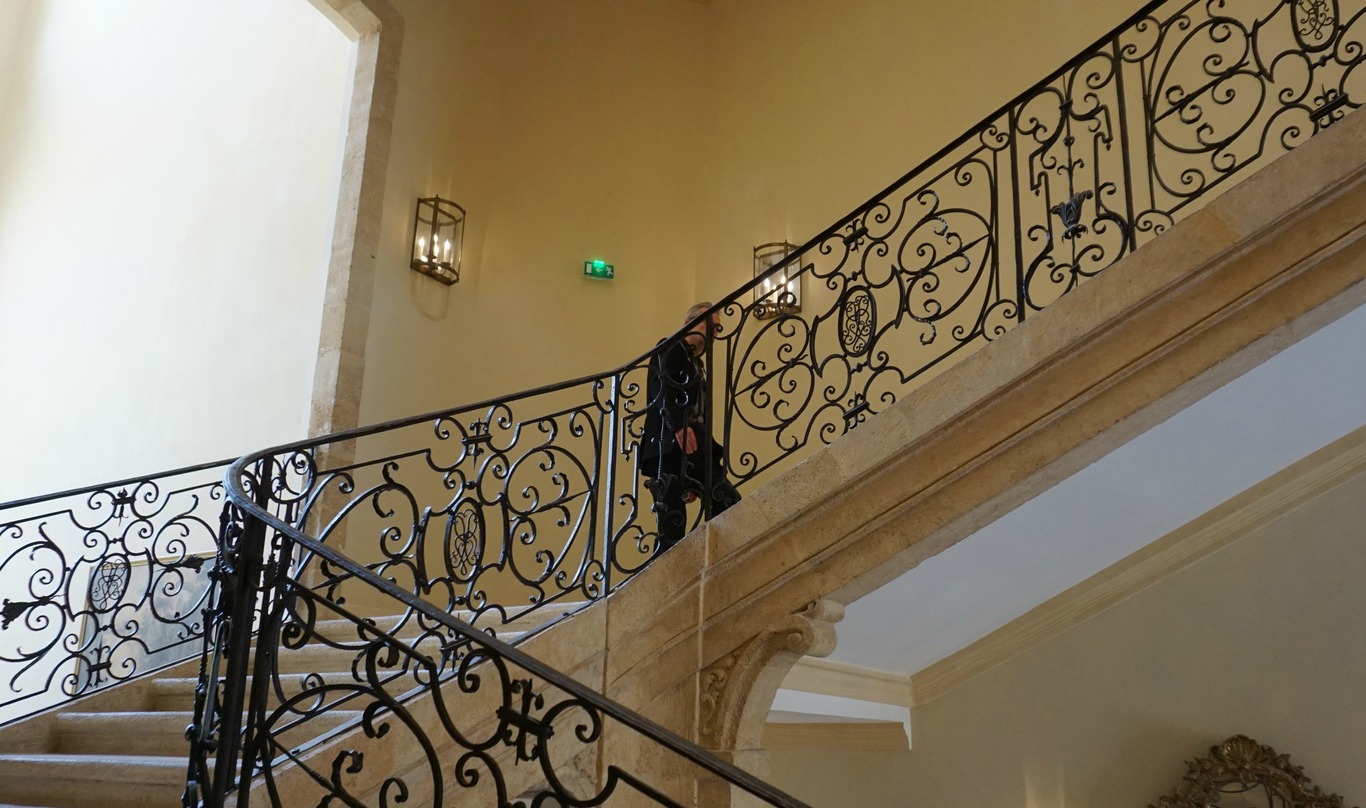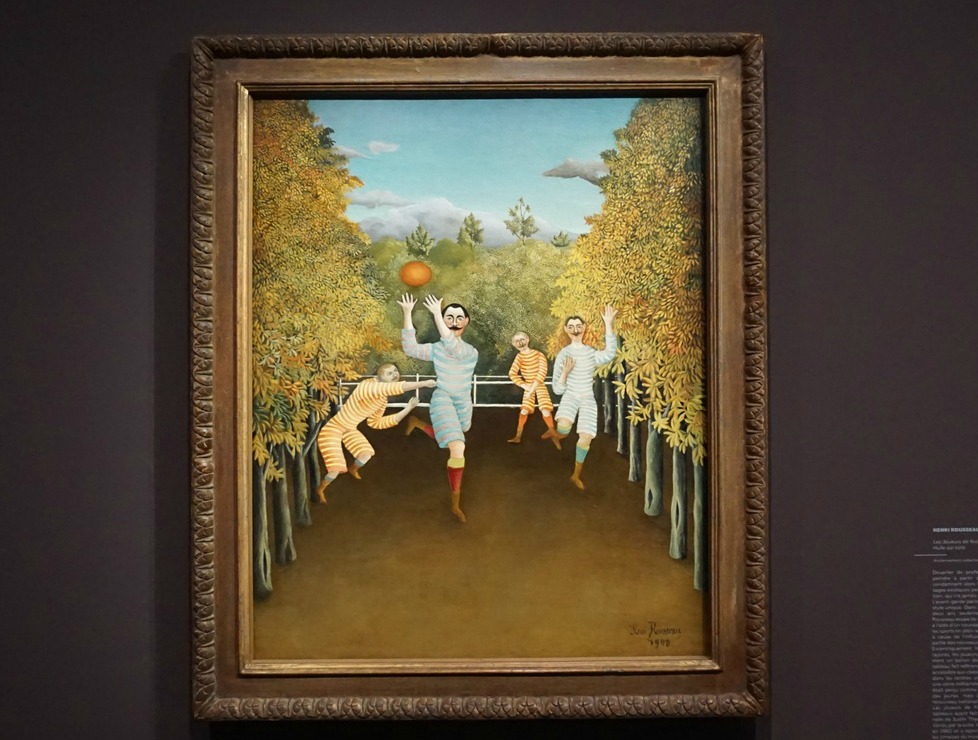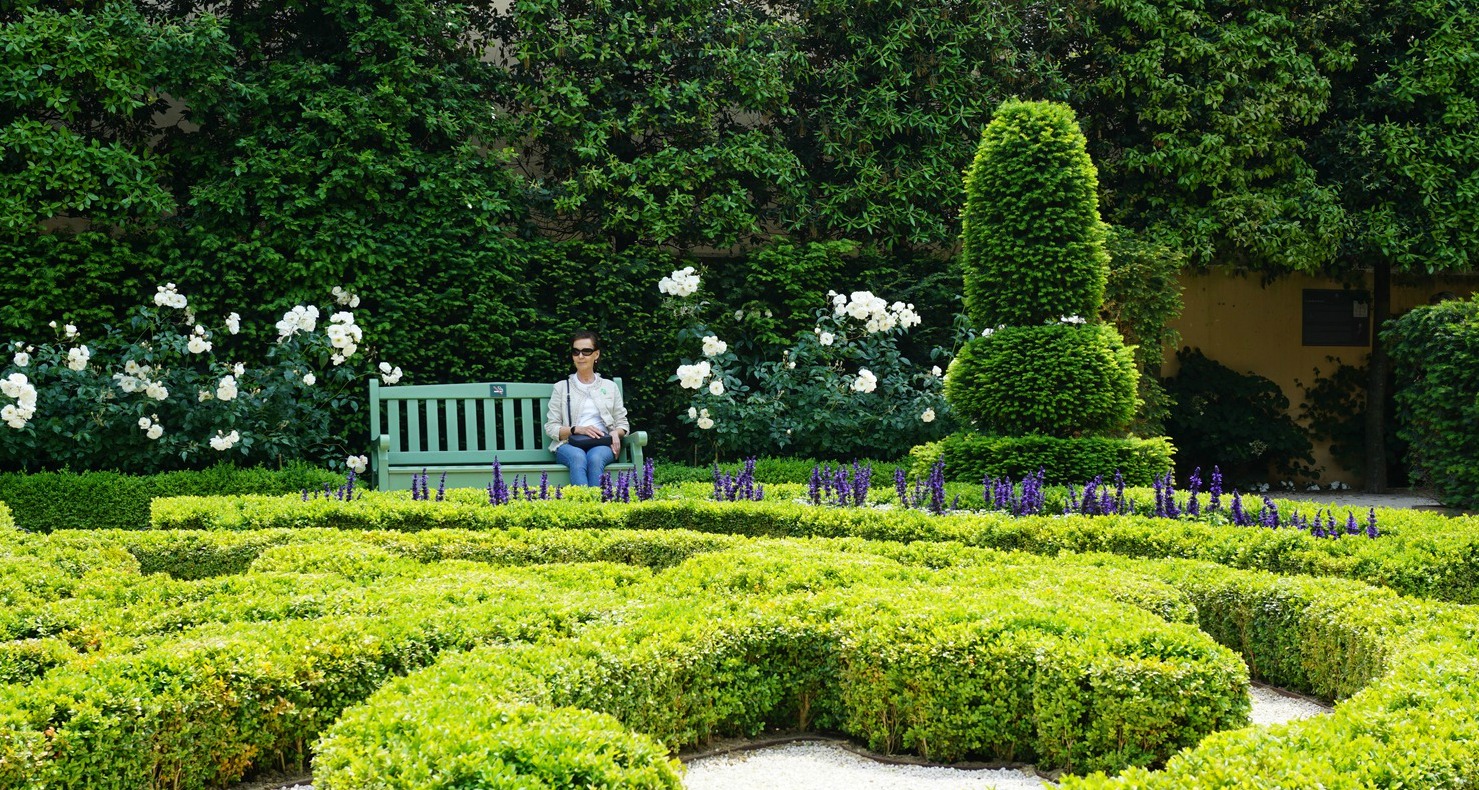Duck legs with melting potatoes
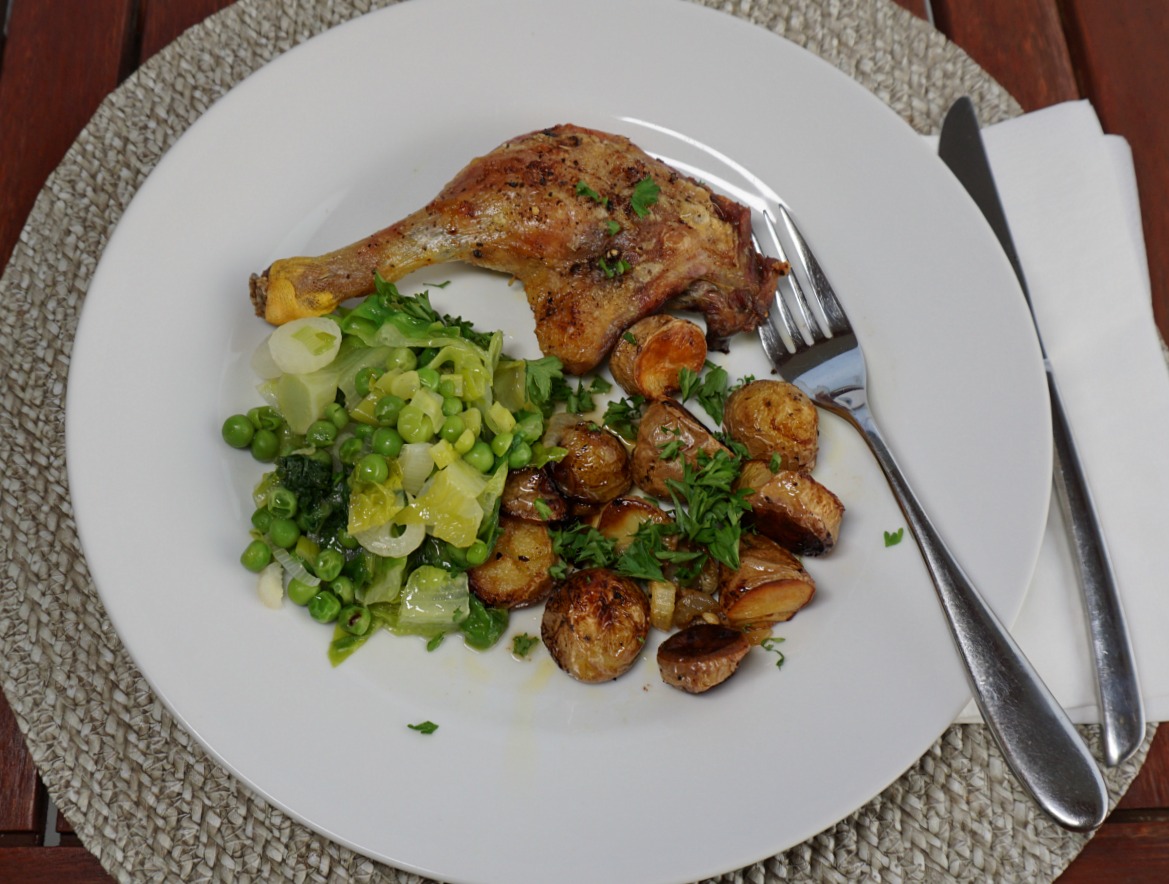
Confit de canard is the traditional way to preserve and prepare duck legs. My recipe is a modern version made from fresh duck legs and with less salt and duck fat.
Serve your duck legs with melting new potatoes and some greens. In the picture, they are served with French style peas.
2 servings
2 fresh duck legs
1 onion
1 clove garlic
5- 8 new potatoes
2 tbsp. olive oil
Black pepper
A pinch of salt
200 ml water
Parsley to decorate
Preheat the oven to 210°C.
Spread 1 tbsp. olive oil in the bottom of an oven proof dish. Peel and slice the onion and place in the dish. Peel and mince the garlic clove and scatter over the onion.
Prepare the duck legs by cutting away the extra fat on the side of the legs. Place the legs on top of the onions. Sprinkle with a pinch of salt, black pepper, and olive oil.
Wash the new potatoes and cut into smaller pieces. Place them in the dish around the duck legs. Pour 200 ml water in the dish.
Roast in 210° C for 15 minutes, the reduce the temperature to 180° C and continue roasting for 60 minutes. Baste now and again with cooking juices and cover after 30 minutes. Add a little water if it starts looking a bit dry.
Decorate with chopped parsley and serve with some greens.









